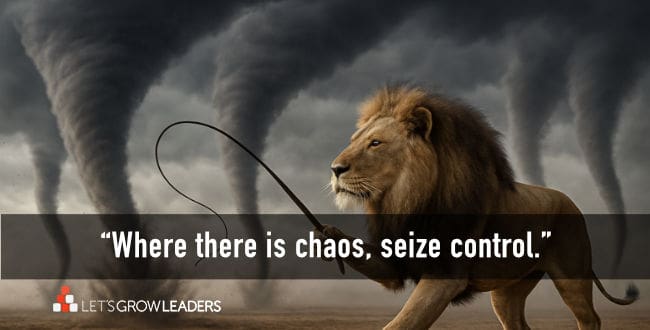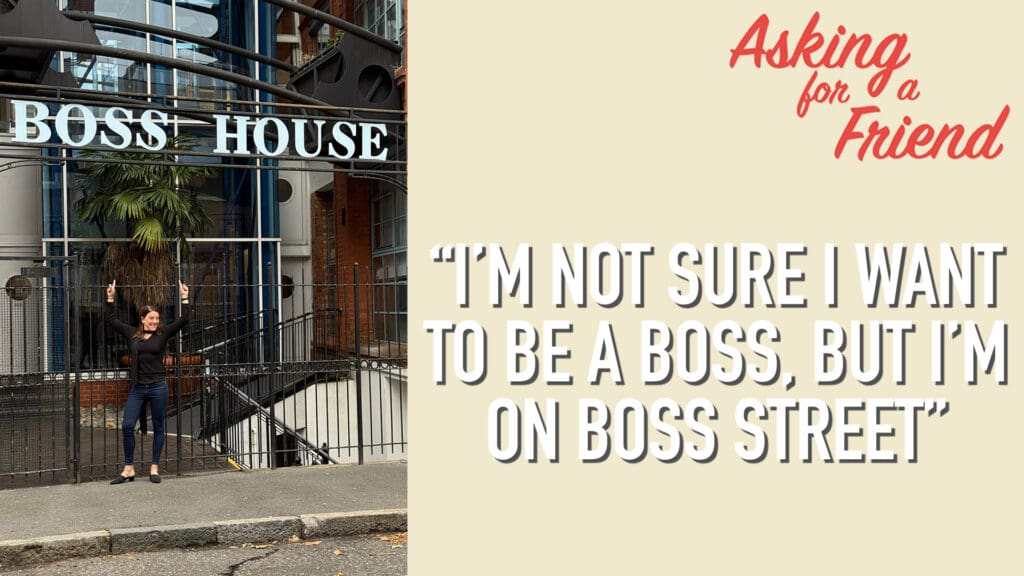The Biggest Reason Employees Disengage: The Bot Syndrome
“The other day, a customer tweeted at me, ‘Are you a bot?’ At first, I was really offended and wanted to tweet back ‘I AM NOT A BOT!’ But when I thought about it some more, I got kind of sad. I realized that by following the scripts and all the rules, I sounded very robotic. That’s not what our customers want or need. They come to social media because they want some upbeat and friendly interaction. I could provide better service if they gave us a bit more freedom to do what we know is right.’”
– Customer Service Social Media Rep Who Yearns For Empowerment and Engagement
It’s not just social media reps who feel this level of disengagement. It happens across industries at all levels. I’ve met VPs whose fear has caused a dangerous bot-like trance. Bots leading bots is no way to change the game.
Sadly, it starts with good intentions: an effort to get everyone on the same page; a PR team who wants to ensure all employees share the same story; or efficiency studies that show the “right way” to do things saves much more time.
I once had a boss tell me:
“Karin, the truth is in that role, I want to take all the thinking out of it, make it as simple as possible so they can just execute efficiently.”
Sometimes your employees will tell you. But often, they just subtly lose their passion for your work and find meaning elsewhere. That’s where the disengagement creeps in.
Employee Disengagement: 5 Signs Your Employee Feels Like a Bot
1. They stop asking important questions.
The “Why?” “What’s next?” and “What if?” questions disappear. Disengagement shows up as a lack of curiosity.
2. But… they don’t make a move without asking obvious questions.
They need approval for everything, even if it means keeping a customer waiting. Most of your answers are “of course.” Disengagement shows up as disempowered.
3. They “follow the rules” even when they don’t make sense.
Of course, they should have made an exception for the customer whose son just died. But the guidebook didn’t say, so they stuck by the rules. It’s impossible to predict and script every scenario. If an employee can’t function outside the playbook, check for bot-building policies. Disengagement shows up as a lack of critical thinking.
4. Meetings are lifeless.
Your meetings look like a scene from an old zombie movie. It’s like pulling teeth to get everyone to talk. You feel like a cheerleader in an empty stadium.
5. Even well-thought-out recognition, compensation, and employee engagement programs don’t make a dent.
If employees could double their hourly wage if they just “embraced the program” you first need a shift from bot gear, before any incentive overlay will work.
I loved what that customer service representative said next.
The guy I worked for was wrong. Because I’m not a bot, I ignored that advice and results improved.
You can’t grow a bot. You can’t motivate a bot. Bots will never deliver a best-in-class customer experience.







Study after study, Gallup continues to report that 71% of the work force are disengaged from their jobs.
Some are obvious bots while others mask their bot-like behavior, feelings, etc. Regardless, many are looking for the first chance to jump to another team.
Steve, I so agree. Sometimes folks hide that bot like feeling. That can be even more dangerous.
Loved this post, Karin!
So many things resonated with me, but I might add “less humor and life amongst the employees themselves.”
My workplace used to be a fun place to work—we joked and had nicknames and weren’t afraid to make fun of ourselves, and others. And then everthing got very PC…no joking around anymore! Everything got sterile because everyone was afraid of breaking some PC rule that no one even knew about before suddenly everything became offensive to someone, somewhere…
LaRae,
Excellent add as always. No one wants a dull place to work! Appropriate humor and energy are vital in a healthy workplace.